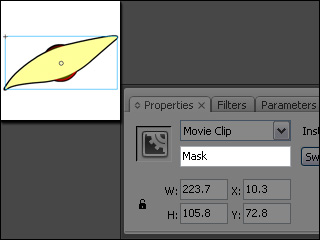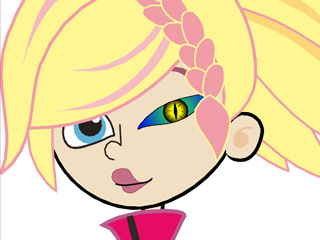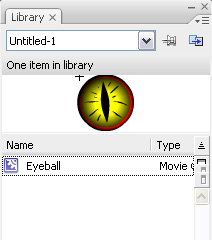
|
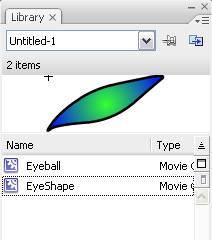
|

|
|
Sketch an eyeball with pupil and iris, this must be converted into a Movie Clip symbol. |
Sketch an eyelid image, this must be converted it into a Movie Clip symbol. |
Sketch a mask area, must also be converted it into a Movie Clip symbol. The eyeball can only be shown inside of this area. |
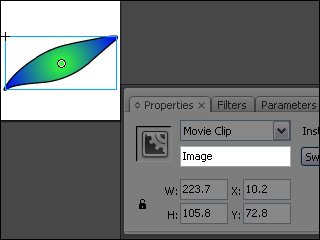


Please note that the mask area is not allowed to be generated from any image with alpha data, such as PNG or TGA.

